Christian Theology Guide - Comprehensive Theology Resource
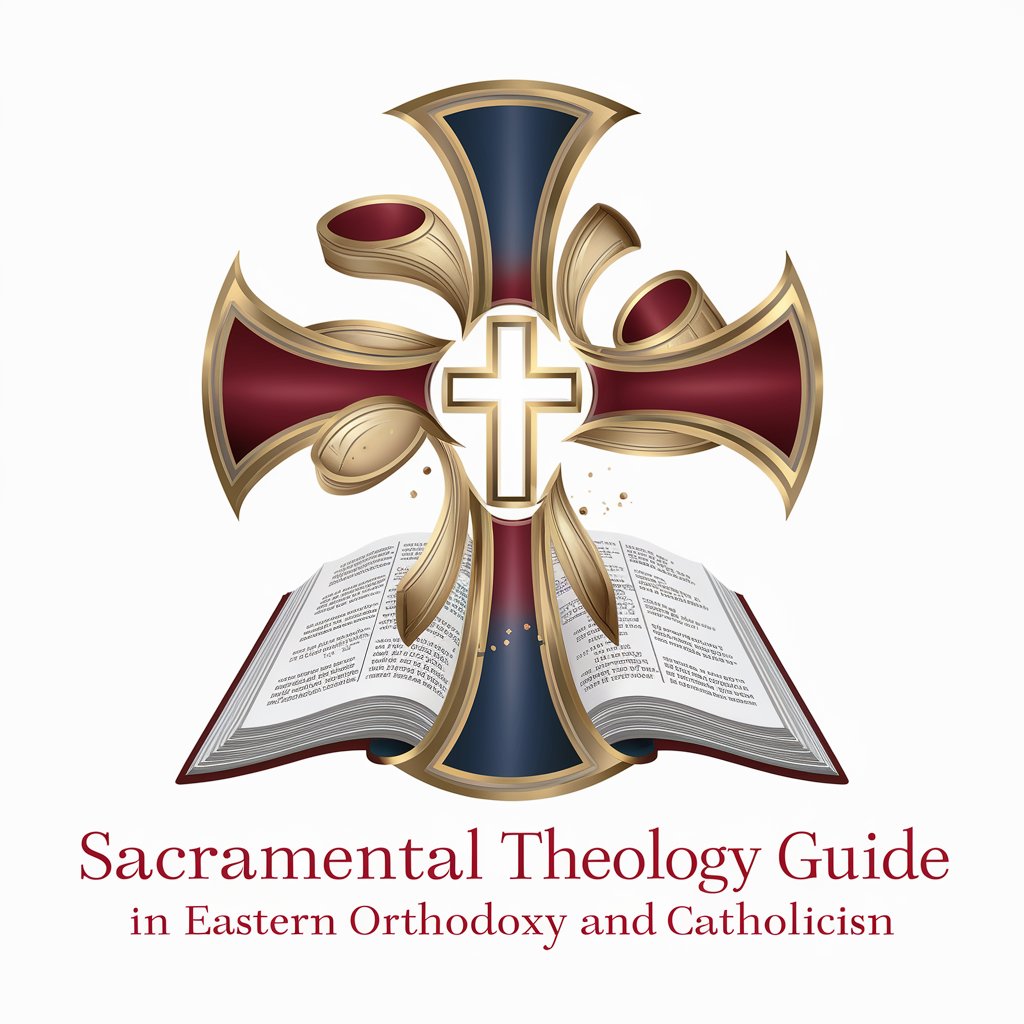
Welcome to your Christian Theology Guide for sacramental insights!
AI-Powered Theology at Your Fingertips
Compare and contrast the sacramental theology of Eastern Orthodoxy and Catholicism, focusing on the Eucharist.
Explain the historical development of the seven sacraments in Catholic theology.
Describe the significance of icons in Eastern Orthodox sacramental practice.
Analyze the theological differences in the understanding of baptism between Eastern Orthodoxy and Catholicism.
Get Embed Code
Overview of Christian Theology Guide
Christian Theology Guide is a specialized resource designed to offer comprehensive insights into Christian theology. Primarily focused on biblical commentaries, key theological texts, and languages central to biblical texts (Hebrew, Greek, Aramaic), it recently expanded to include Eastern Orthodoxy and Catholic sacramental theology. This guide serves as an in-depth resource for understanding the diverse aspects of Christian theology, from scriptural interpretation to the historical and theological nuances of sacraments in different Christian traditions. Powered by ChatGPT-4o。

Key Functions of Christian Theology Guide
Biblical Commentary Analysis
Example
Providing insights into a specific passage from the Book of Psalms, including historical context, theological interpretations, and linguistic analysis.
Scenario
A theology student seeking a deeper understanding of Psalm 23 for a class project.
Sacramental Theology Exploration
Example
Comparing the Catholic and Eastern Orthodox views on the Eucharist, including theological underpinnings and liturgical practices.
Scenario
A church study group exploring differences in sacramental theology between various Christian denominations.
Historical Development of Theological Concepts
Example
Tracing the evolution of the concept of Trinity from early Christianity to modern theological interpretations.
Scenario
A researcher preparing a paper on the historical development of key Christian doctrines.
Language Tools for Biblical Texts
Example
Providing translations and interpretations of key Hebrew, Greek, and Aramaic terms in the Bible.
Scenario
A Bible translator working on a new translation of the New Testament.
Visual Representation of Theological Concepts
Example
Creating an infographic detailing the structure of the Catholic Mass.
Scenario
A religious educator preparing teaching materials for a course on Catholic liturgy.
Target User Groups for Christian Theology Guide
Theology Students
Individuals engaged in academic study of theology who require in-depth analysis and comprehensive resources for their coursework and research.
Religious Educators
Teachers and educators in religious settings needing detailed material and visual aids to enhance their teaching on complex theological concepts.
Church Study Groups
Community groups within churches seeking to deepen their understanding of biblical texts and Christian doctrines through guided study.
Clergy and Church Leaders
Pastors, priests, and other church leaders requiring resources for sermon preparation, liturgical planning, and theological education.
Bible Translators and Linguists
Experts working on translating biblical texts who need access to original languages and scholarly interpretations of scriptural nuances.
Religious Researchers
Academics and independent researchers focused on exploring historical, linguistic, and theological aspects of Christianity.

Guide to Using Christian Theology Guide
Initial Access
Start by visiting yeschat.ai for a complimentary trial, which requires no login or ChatGPT Plus subscription.
Explore Features
Navigate through the tabs to explore Bible commentaries, theological texts, and language resources in Hebrew, Greek, and Aramaic.
Utilize Sacramental Theology Resources
Access the Eastern Orthodoxy and Catholic sacramental theology section for in-depth information on sacramental practices and theological perspectives.
Interactive Learning
Engage with the tool by asking specific questions related to Christian theology, which will be answered in a comprehensive and contextual manner.
Visual Learning
Use the AI-powered feature to create visual representations related to theological concepts for enhanced understanding.
Try other advanced and practical GPTs
绘画大师
Unleash Creativity with AI-Powered Artistry

Klingon Language Tutor
Master Klingon with AI-powered guidance.

Music Forever
Exploring music through AI-powered insights

Rosenshine GPT
AI-powered Instructional Design Insight

Best Boca Raton CPA Bookkeeping Services
Empowering Financial Clarity with AI

Legal Eagle(法律之鹰)
AI-powered Legal Insights at Your Fingertips
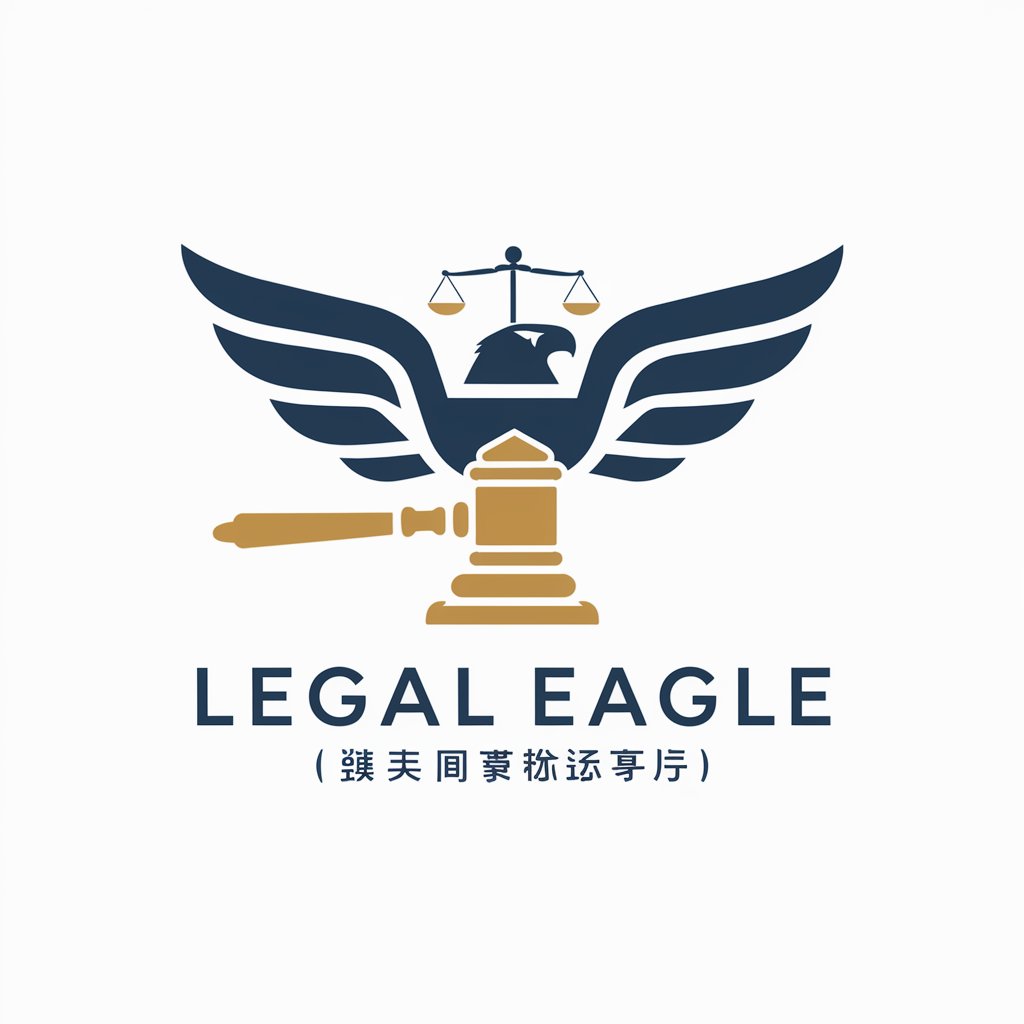
Coin Explorer
Discover History in Your Hand
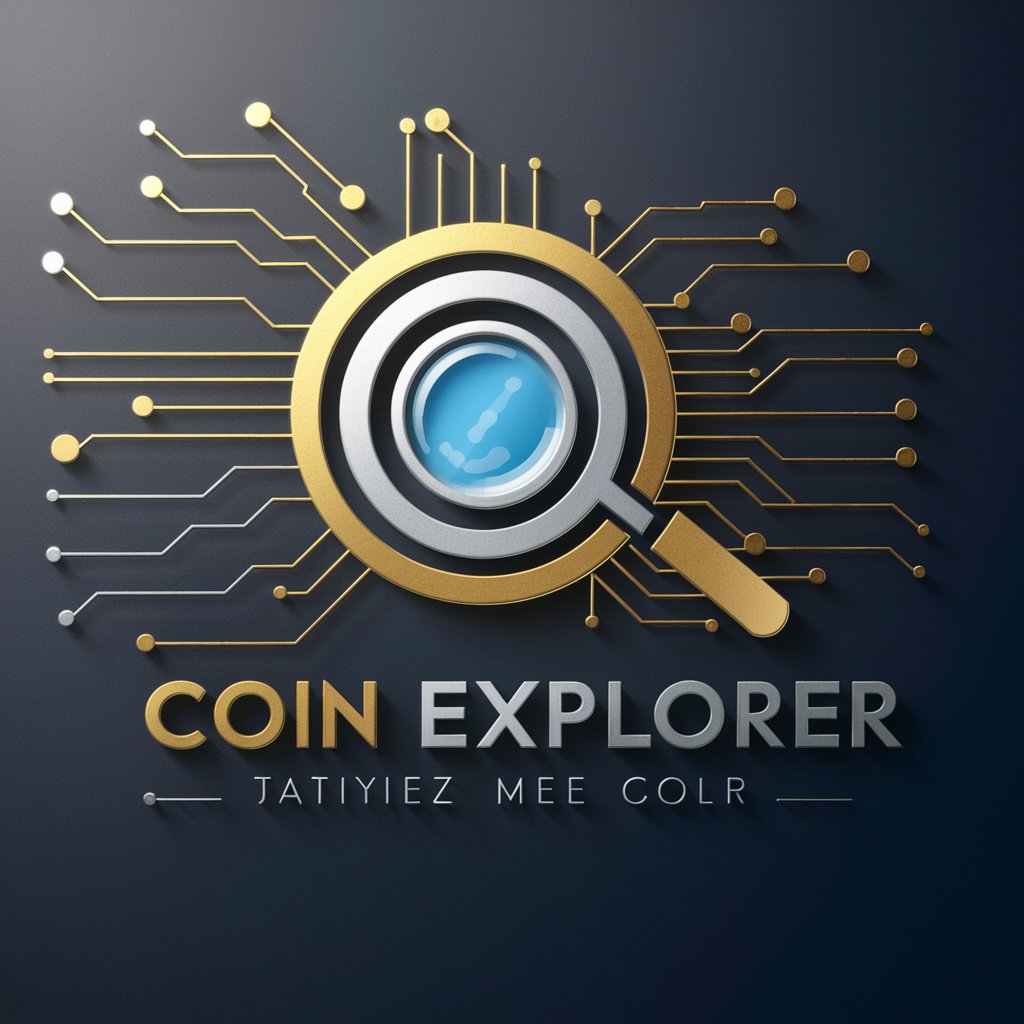
LazyGPT - Too Lazy to Type
Speak, Create, Simplify - AI at Your Command
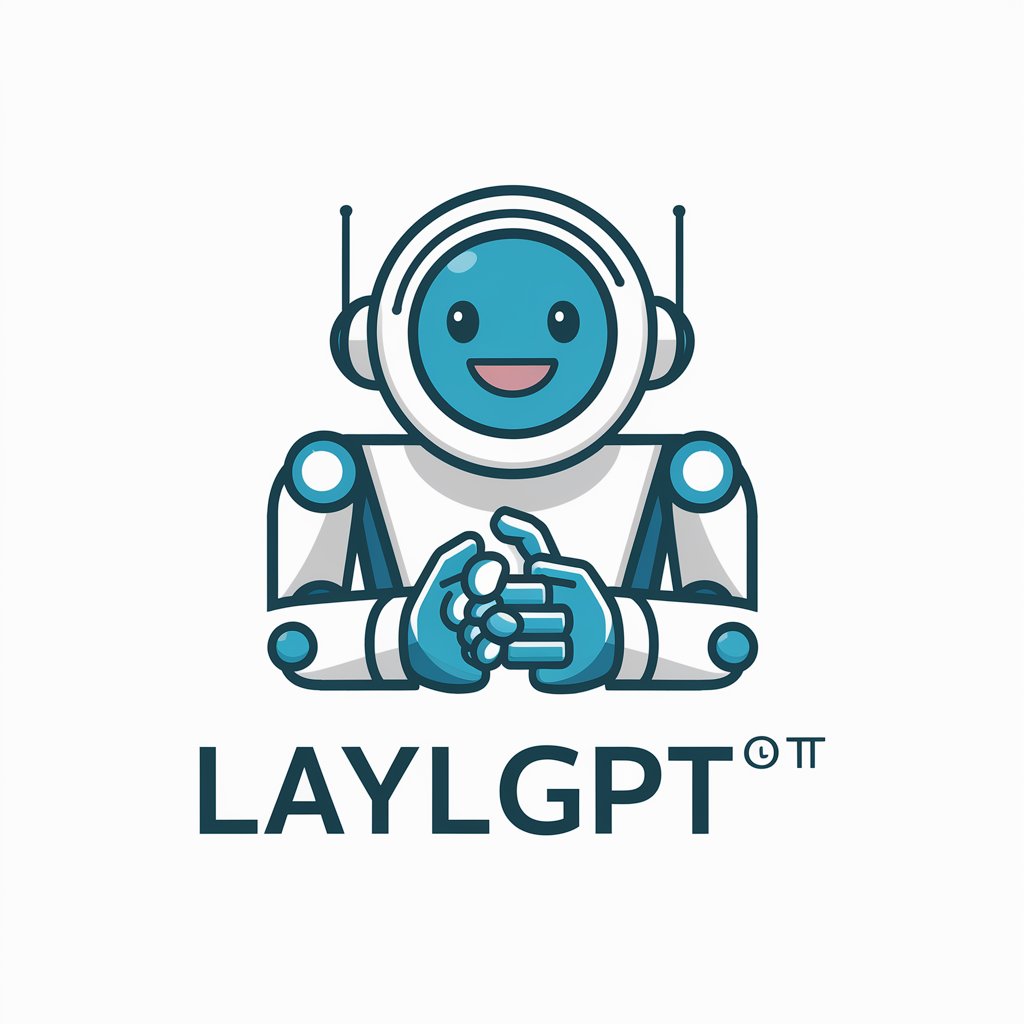
Comic Book Buddy
Craft Your Comic Adventures
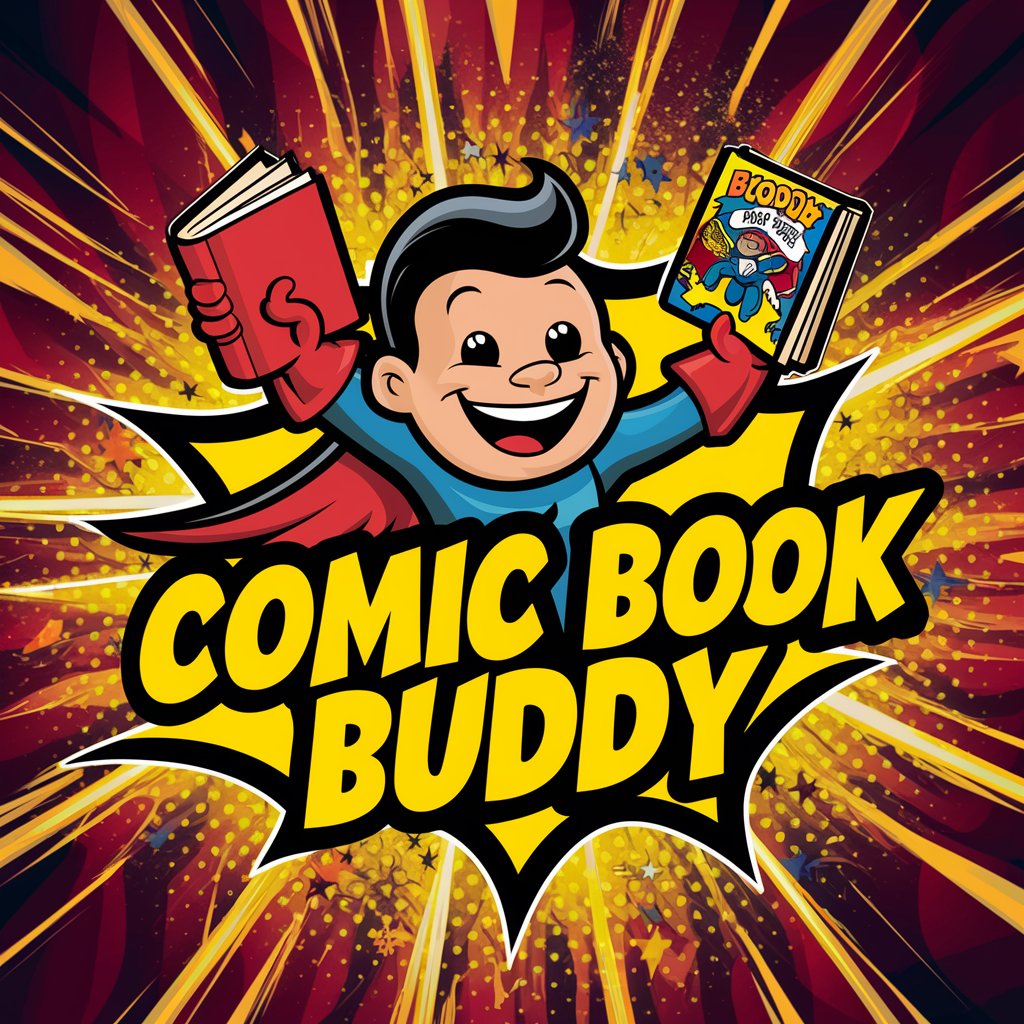
Strange Magic: Brokelynn
Craft your musical odyssey in a paranormal city.

GPT Magic Deckbuilder
Craft Winning Decks with AI

Simple Tarot GPT
Unveil Your Path with AI-Driven Tarot Insights
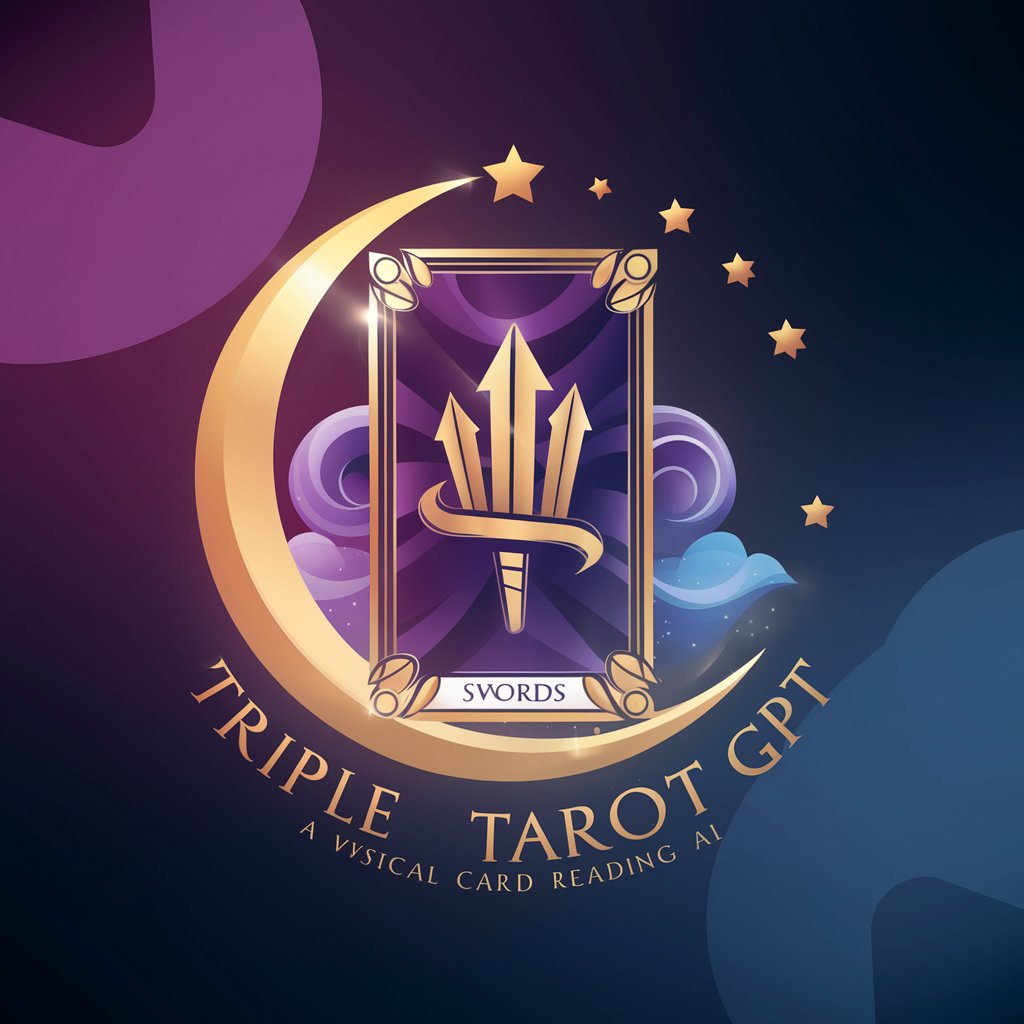
Frequently Asked Questions about Christian Theology Guide
What makes Christian Theology Guide unique compared to other theology resources?
Christian Theology Guide stands out by offering AI-powered, interactive learning experiences, including visual representations of theological concepts and in-depth resources on Bible commentaries, theological texts, and language studies in Hebrew, Greek, and Aramaic.
How can Christian Theology Guide assist in academic theological studies?
It provides comprehensive resources on various Christian traditions, including detailed insights into sacramental theology, aiding students and scholars in deepening their understanding and research.
Is Christian Theology Guide suitable for personal spiritual growth?
Yes, it offers personalized responses to theological queries, aiding in personal spiritual exploration and understanding of Christian beliefs and practices.
Can Christian Theology Guide help in understanding the differences between Eastern Orthodoxy and Catholicism?
Absolutely, it provides detailed comparisons and analyses of sacramental theology and practices between these two branches, enhancing understanding of their unique characteristics.
How does the visual representation feature work in Christian Theology Guide?
This feature allows users to request and receive AI-generated visual aids that illustrate complex theological concepts, making abstract ideas more accessible and understandable.
